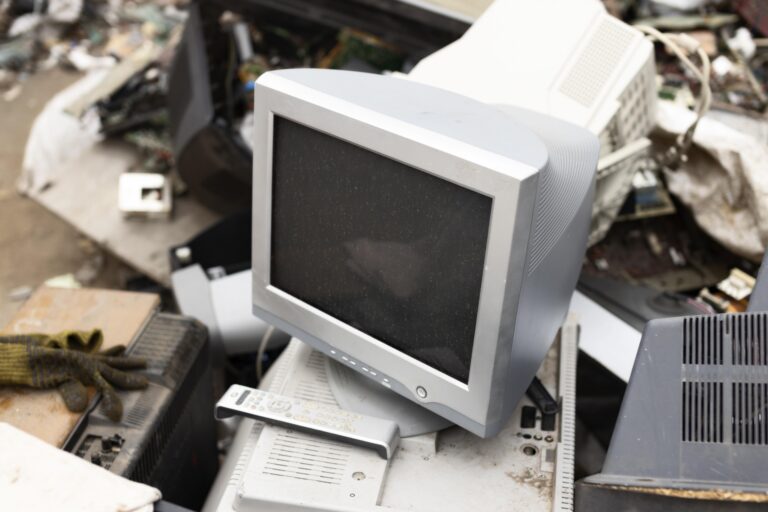Theme
Introduction to Permaculture, Ethics, Regenerative Thinking
Activity Duration
1.5 hours
Group Size
5–20 young people
Objectives
- Introduce the three ethics of permaculture in a tangible, youth-friendly way
- Enable personal reflection on sustainability and values
- Use creative expression to connect values with ecological action
- Foster group bonding and trust around environmental learning
Description
This activity offers a joyful, values-based introduction to permaculture.
Through guided discussion and artistic expression, young participants
explore the three core ethics of permaculture: Earth Care, People Care,
and Fair Share. Designed for youth 16+ and adaptable for informal
education settings, this activity lays the emotional and conceptual
foundation for deeper sustainability learning. No prior permaculture
experience is required — just curiosity and willingness to explore.
Participants gather in a circle and are guided through a creative
exploration of permaculture ethics. They begin with a values-based
discussion about nature’s lessons, then learn the three core ethics through
story and example. Each participant creates their own “Ethics Mandala,” a
visual representation of Earth Care, People Care, and Fair Share in their
lives. The activity closes with a reflective sharing circle where participants
commit to one “seed of change” action they will try.
Materials/Tools
Notepads and pencils or pens
– A3 sheets or recycled cardboard for additional drawing space
– Colour markers, pencils, crayons, natural materials for collage
– Clipboards or drawing surfaces (optional)
– Circle mat or open seating space for sharing
RESOURCE WS0.1: Permaculture Ethics Cards
A4 printable cards (or one poster) featuring:
Earth Care: “Protect and nurture the soil, water, air, and all living beings.”
People Care: “Support health, wellbeing, and fairness in your community.”
Fair Share: “Take what you need, share the rest, and return the surplus.”
Each card includes:
Visual icons or illustrations
One example from everyday life (e.g., composting, helping a friend,
swapping clothes)
Reflection prompt: “Where do you see this ethic in your life?”
RESOURCE WS0.2: My Ethics Mandala Worksheet
Layout:
Large circle divided into three coloured segments labelled: Earth Care,
People Care, Fair Share
Each section includes:
One prompt (e.g., “How do I show care for the Earth?”)
Blank space to draw, write or paste images
Symbols or icons for inspiration (e.g., heart, tree, hands)
Bottom section: “My Seed of Change: One action I will try this week is
___________.”
Note: These resources should be used interactively. Encourage creativity
and reuse of materials (e.g., natural elements, scrap paper) to embody the
ethics in action.
Space (indoor, outdoor,
settings…)
Indoors or outdoors, seated circle format and table/ oor space for
drawing
Structures/steps (timing)
1. Welcome Circle – Question prompt: “If the Earth could speak, what
would she say?” Each participant shares. (10 mins)
2. Ethics Introduction – Present WS0.1 cards and use storytelling/examples
to explain Earth Care, People Care, Fair Share. (10 mins)
3. Creative Activity – Distribute WS0.2 and art materials. Youth create their
own Mandala expressing the ethics in their life. (30 mins)
4. Sharing Circle – Each participant shares a section of their mandala and
one small action they’d like to try. (15 mins)
5. Close – Place mandalas together in the centre. Group silently offers
thanks to the Earth. Optional: display creations. (10 mins)
Evaluation System/Tools
– Completion of WS0.2 Mandala with evidence of thought and personal
connection
– Active participation in the ethics discussion and sharing circle
– Reflection on one “seed of change” action shared by each participant
– Facilitator notes on engagement and understanding during storytelling
and discussion
This activity can connect to:
Life in the Soil



